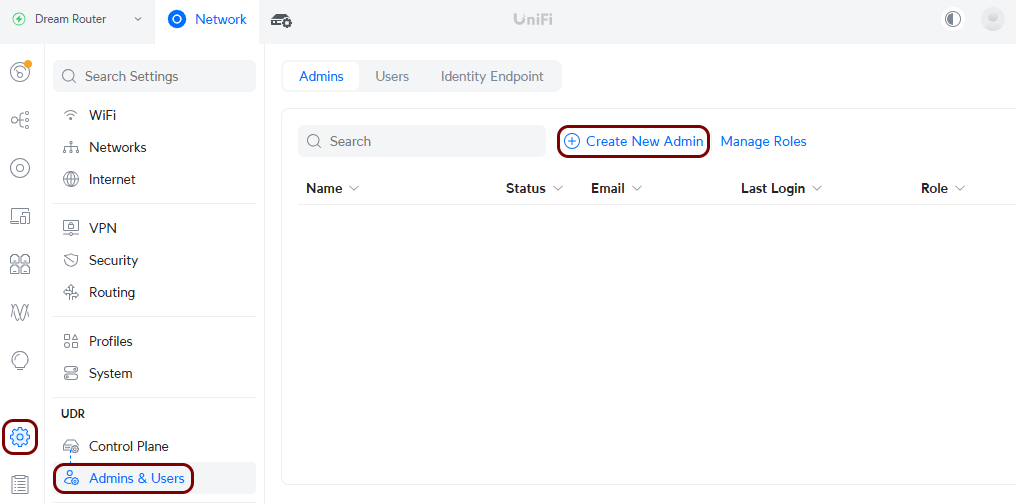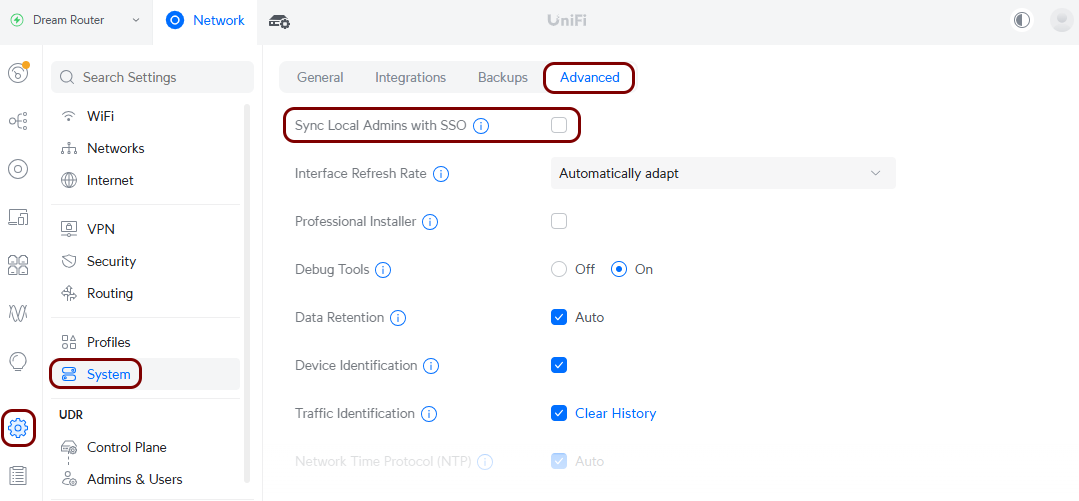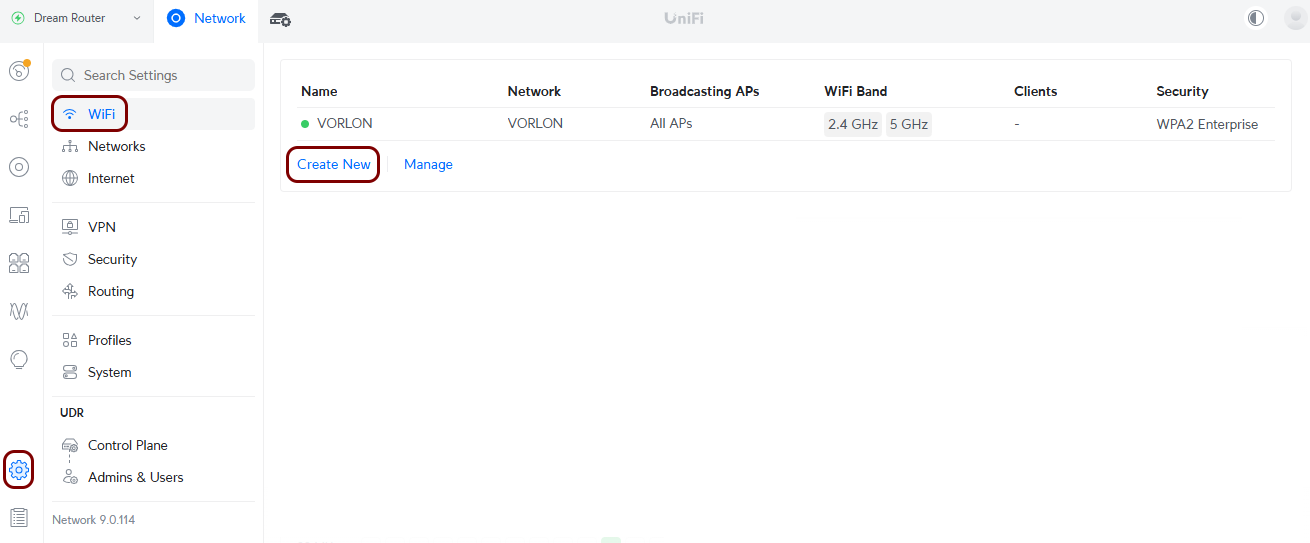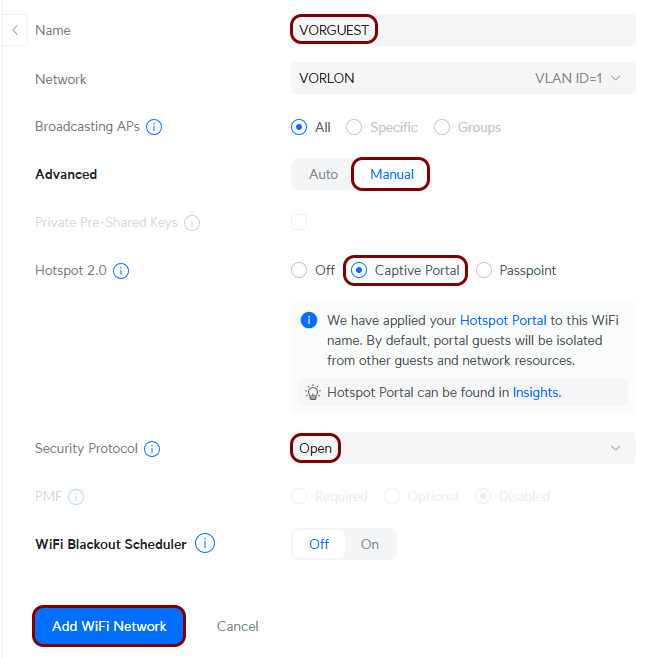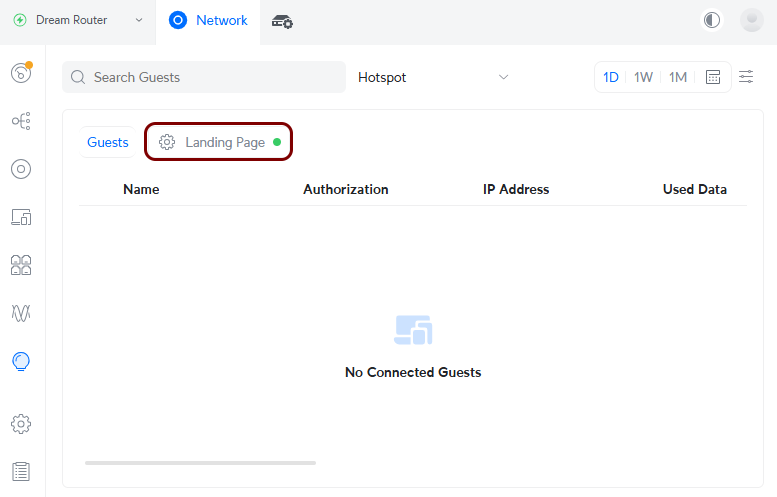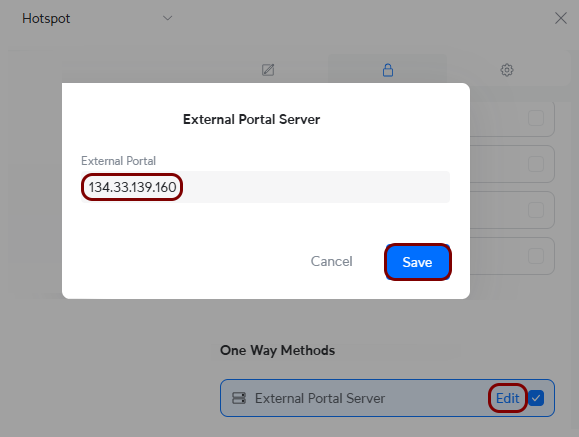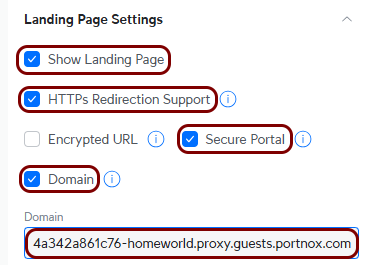Guest access – Ubiquiti UniFi
In this topic, you will learn how to configure Ubiquiti UniFi to work together with the Portnox™ Cloud captive portal for guest user authentication.
Before you begin configuring your controller, you must configure the guest network in Portnox Cloud and note down the values of the following fields:
-
Captive Portal ID
For example: b2973887-1274-45c4-91d0-4a342a861c76-homeworld
(Also shown in the PORTNOX_ECP_ID field)
-
Captive Portal Proxy URL (for UniFi)
For example: https://b2973887-1274-45c4-91d0-4a342a861c76-homeworld.proxy.guests.portnox.com
-
The API access token generated in
For example: mk1yiGyEatNa_qFR8ibnr9HWht4
You will need these values later. We recommend that you keep your Portnox Cloud configuration open in another browser tab for easy copying and pasting.
Create a service account in the controller
In this section, you will create a service account in your Ubiquiti UniFi controller, which you will later use in the portnox-unifi-agent Docker container configuration.
Set up the Docker container
In this section, you will run the portnox-unifi-agent Docker container using parameters copied from Portnox Cloud and credentials for your UniFi controller.
Create a guest network SSID
In this section, you will use the UniFi web UI to create an SSID for your guest network.
Set up the UniFi captive portal
In this section, you will configure the UniFi Captive Portal to work with Portnox Cloud via the portnox-unifi-agent Docker container.

